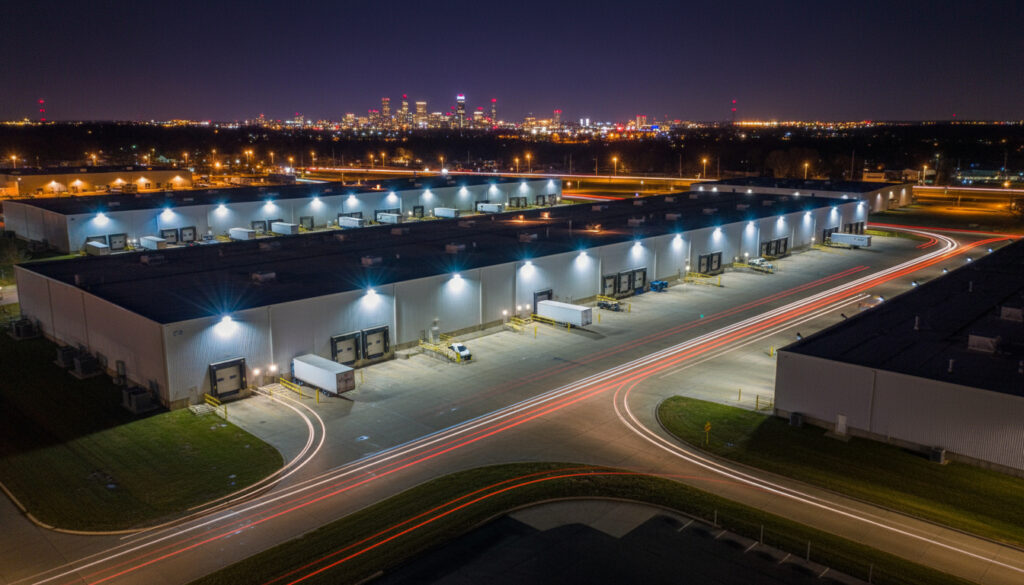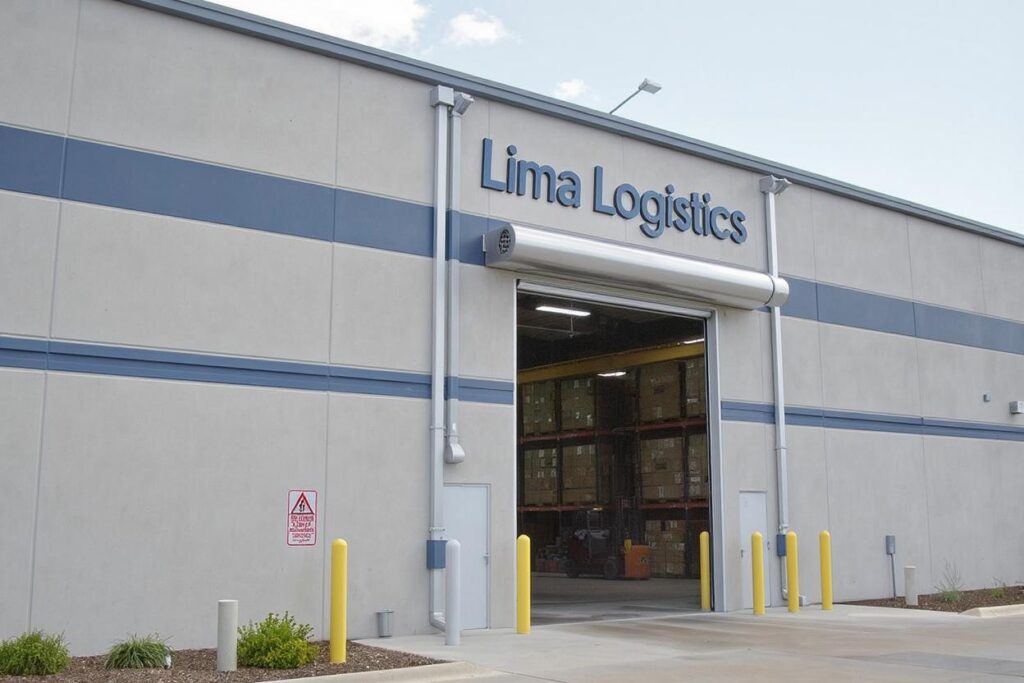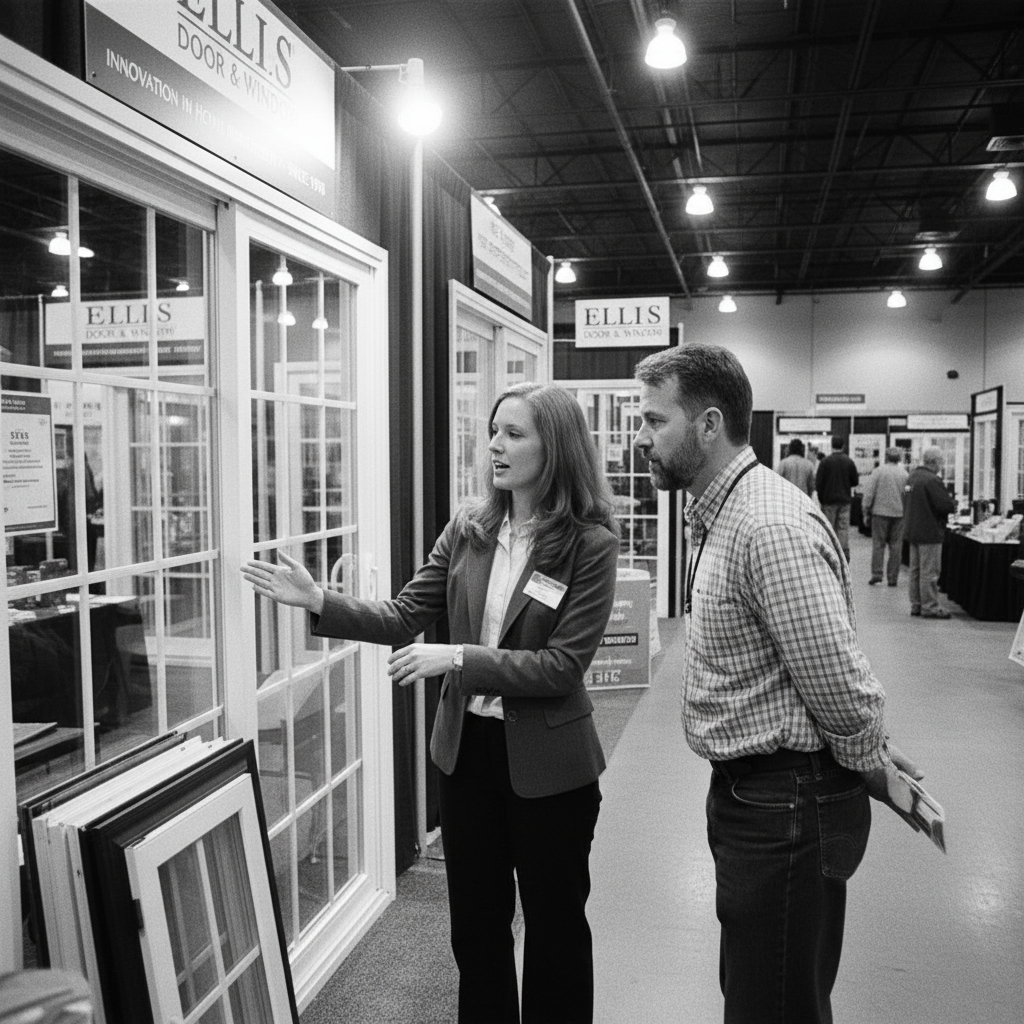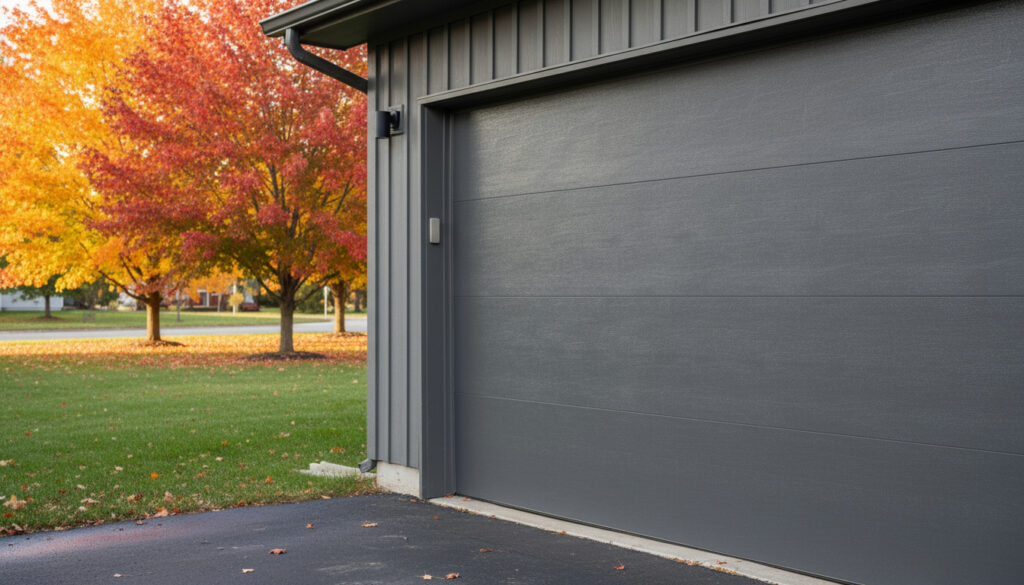
Optimizing Energy Savings with Insulated Overhead Doors in Lima Warehouses
Lima warehouse operators are discovering that insulated overhead doors represent one of the most cost-effective investments for reducing energy costs while improving operational efficiency. With Ohio’s fluctuating temperatures and rising energy prices, businesses that upgrade to properly insulated warehouse doors typically see 15-30% reductions in heating and cooling expenses within the first year.
Understanding Energy Loss Through Warehouse Doors
The Hidden Cost of Poor Insulation
Warehouses lose significant energy through their overhead door systems, particularly during frequent opening and closing cycles. Non-insulated doors create thermal bridges that allow conditioned air to escape while letting outside temperatures infiltrate your facility. This constant energy transfer forces HVAC systems to work overtime, driving up operational costs.
In Lima’s climate, where temperatures can range from below freezing in winter to over 85°F in summer, warehouse facilities without adequate door insulation experience dramatic energy inefficiencies. Studies show that facilities with non-insulated doors can lose up to 40% more energy compared to those with properly insulated systems.
Temperature Control Challenges
Poor door insulation creates several operational problems beyond energy costs. Temperature fluctuations affect product quality, employee comfort, and equipment performance. Moisture infiltration through gaps and thermal bridges can lead to condensation issues, potentially damaging stored goods and creating safety hazards.
Benefits of Insulated Overhead Doors for Lima Warehouses
Immediate Energy Savings
Insulated overhead doors provide immediate energy savings through superior thermal performance. Modern insulated doors feature polyurethane or polystyrene foam cores that significantly reduce heat transfer. These materials create effective barriers against temperature exchange, allowing warehouse facilities to maintain consistent internal temperatures with less energy consumption.
The R-value, which measures thermal resistance, varies significantly between door types. While non-insulated steel doors typically have R-values between 0.5-1.0, insulated doors can achieve R-values of 8-20 or higher, representing substantial improvement in energy efficiency.
Long-Term Financial Benefits
Beyond immediate energy savings, insulated overhead doors offer long-term financial advantages. Reduced HVAC system strain extends equipment lifespan, decreasing maintenance costs and delaying replacement needs. Many Lima businesses report that energy savings from insulated doors pay for the installation cost within 2-3 years.
Additionally, improved temperature control protects inventory from temperature-sensitive damage, reducing product loss and insurance claims. This protection is particularly valuable for warehouses storing electronics, pharmaceuticals, food products, or other temperature-sensitive materials.
Enhanced Employee Comfort and Productivity
Insulated doors create more comfortable working environments by eliminating cold spots and drafts near door areas. Consistent temperatures throughout the warehouse improve employee satisfaction and productivity while reducing sick days related to temperature stress.
Better insulation also reduces noise transmission, creating quieter work environments that enhance concentration and reduce workplace stress. This acoustic benefit is particularly important for warehouses operating in residential or mixed-use areas of Lima.
Types of Insulation Technologies
Polyurethane Foam Insulation
Polyurethane foam insulation offers superior thermal performance and structural strength. This closed-cell foam expands to fill door cavities completely, eliminating thermal bridges and air gaps. Polyurethane insulation provides excellent R-values while adding structural rigidity to door panels.
This insulation type resists moisture absorption, preventing degradation over time. The foam’s adhesive properties bond permanently to door surfaces, ensuring long-term performance without settling or shifting.
Polystyrene Insulation
Polystyrene insulation provides cost-effective thermal performance for budget-conscious warehouse operators. Available in both expanded (EPS) and extruded (XPS) forms, polystyrene offers good insulation properties at lower costs than polyurethane.
While polystyrene doesn’t provide the same R-values as polyurethane, it still delivers significant energy savings compared to non-insulated doors. This option works well for warehouses with moderate temperature control requirements or limited budgets.
Composite Insulation Systems
Advanced composite insulation systems combine multiple materials to optimize performance characteristics. These systems might include reflective barriers, air gaps, and foam cores to maximize thermal efficiency while minimizing weight and thickness.
Composite systems often incorporate vapor barriers to prevent moisture infiltration and condensation issues. This comprehensive approach addresses multiple performance factors simultaneously.
Installation Considerations for Lima Warehouses
Proper Sizing and Fit
Correct door sizing ensures maximum energy efficiency and operational reliability. Doors must fit precisely within openings to prevent air leakage around edges. Professional measurement and installation are crucial for achieving optimal performance.
Door thickness affects both insulation performance and structural requirements. Thicker insulated doors require appropriate hardware and track systems to support additional weight while maintaining smooth operation.
Weather Sealing Integration
Comprehensive weather sealing systems work alongside insulation to maximize energy savings. Bottom seals, side seals, and top seals create complete barriers against air infiltration. High-quality sealing materials withstand Lima’s climate variations while maintaining effectiveness over time.
Automatic door bottoms adjust to floor irregularities, ensuring consistent sealing even on uneven surfaces. This feature is particularly important for older warehouse facilities with settling or floor wear issues.
Hardware and Operational Requirements
Insulated doors require appropriate hardware to support increased weight and maintain smooth operation. Springs, cables, rollers, and track systems must be sized correctly for insulated door specifications.
Regular maintenance schedules become more important with insulated doors to ensure continued energy efficiency. Proper lubrication, seal inspection, and hardware adjustment maintain optimal performance throughout the door’s lifespan.
Maintenance and Performance Optimization
Regular Inspection Protocols
Maintaining energy efficiency requires systematic inspection of insulation integrity, seal condition, and hardware function. Monthly visual inspections can identify potential problems before they impact energy performance.
Key inspection points include checking for damaged panels, worn seals, loose hardware, and proper door alignment. Early problem identification prevents small issues from developing into major energy efficiency losses.
Professional Maintenance Benefits
Professional maintenance services ensure optimal door performance and energy savings. Trained technicians can identify subtle problems that warehouse staff might miss while performing comprehensive adjustments and repairs.
Regular professional maintenance typically extends door lifespan by 30-50% while maintaining peak energy efficiency throughout the door’s service life.
Choosing the Right Insulated Door Solution
Assessing Your Facility’s Needs
Selecting appropriate insulated overhead doors requires careful evaluation of your warehouse’s specific requirements. Consider factors including door size, usage frequency, temperature control needs, and budget constraints.
High-traffic doors need different insulation and hardware specifications than occasionally used doors. Climate control requirements vary based on stored products and operational needs.
Return on Investment Calculations
Calculate potential energy savings by comparing current energy costs with projected savings from insulated doors. Factor in utility rates, usage patterns, and seasonal temperature variations specific to Lima’s climate.
Consider additional benefits including reduced maintenance costs, improved product protection, and enhanced employee comfort when evaluating total investment returns.
Professional Installation and Service in Lima
For Lima warehouse operators ready to optimize energy savings through insulated overhead doors, professional installation ensures maximum performance and longevity. Proper installation requires specialized knowledge of insulation systems, weather sealing, and hardware requirements.
Ellis Door & Window provides comprehensive insulated overhead door solutions for Lima area warehouses. Their experienced team offers professional consultation, precise installation, and ongoing maintenance services to maximize your energy savings investment. Contact Ellis Door & Window at (419) 228-3667 to discuss your warehouse’s insulated door needs and schedule a facility evaluation.



